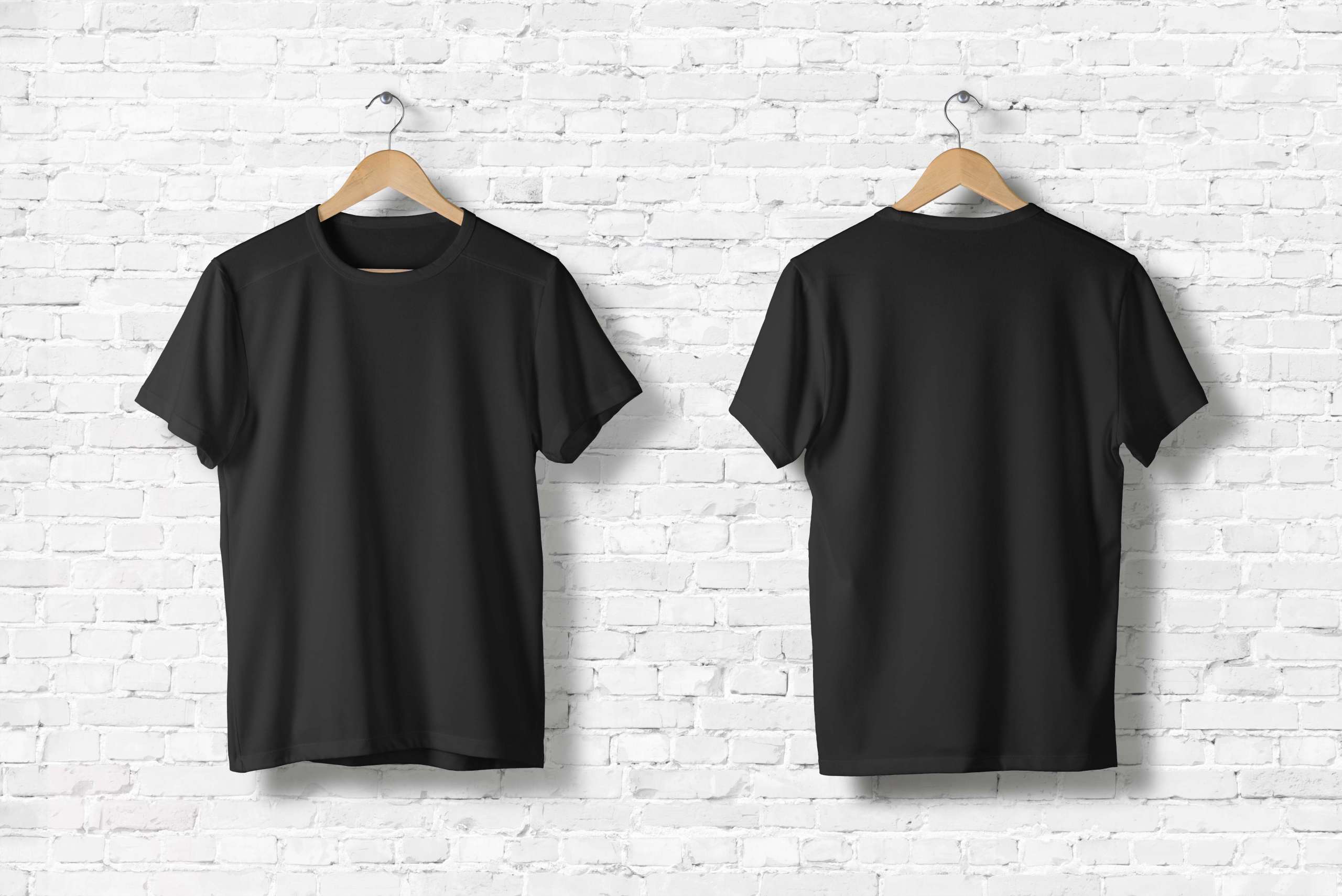The First Steps to Take When Starting Out as a Fashion Illustrator in Today's Time



Anyone well-versed in the fashion industry would know that fashion design illustration is an essential part of it. This career might be a perfect choice if you have an eye for couture and sharp drawing skills. If you do not have an idea about fashion design illustration or want to improve your drawing skills, following famous artists like Antonio Lopez and Meagan Morrison might be a wise option. However, the difference between a fashion sketch and an illustration must be clear to you.
Difference Between Fashion Design Illustration and Fashion Sketch
Unlike a fashion sketch, illustrations focus more on the figure wearing the clothes than the clothing and accessory. The essence of fashion design illustration is to capture the mood and personality of the figure. Most illustrations are found in magazines, boutiques, and promotional ads as artwork pieces contributing to the decor. Compared to technical sketches (flats), fashion illustration artists can make creative figure drawings and digital art. However, one has to follow strict technical guidelines when drawing flats. Now that you know the difference between a fashion design illustration and a fashion sketch, we will look at some tips to help you get started.
Getting Started in Fashion Design Illustration (Includes Tips from Experts)
Fashion illustrator Bijou Karman says that fashion design illustration is all about being inspired and filtering it through one's lens. Get your sketchbook and art materials ready to follow this guide for a one-of-a-kind illustration.
Decide and Define Your Style

In the cut-throat industry, the only reason to choose you over others would be your unique style. To find your style, consider the vibe you want to create. The key takeaway from your illustrations will be the personality you choose to portray. A graphic interpretation of the character will help you bring it to life for others to see.
Choose Your Subject
Always aim for unique or unusual subjects to offer something people have never seen before. Choosing to portray a classical subject might not be enough to compel the audience. Moreover, try to make your illustration look effortless and keep it simple. Doing so allows people to focus on your subject and concept rather than get distracted.
Try Out Different Body Proportions
A key in fashion design illustration is dividing your figure according to the size of its head. On average, the total length of an adult human being is 7-8 head lengths, and for fashion models - 8-9 head lengths. As per the norm, fashion illustrations exaggerate the height by using anywhere between 9-11 head lengths. However, the fashion industry has started approaching different body proportions, and choosing an 8½ head length figure seems more realistic. Since fashion design illustration offers creative freedom, we recommend you experiment until you find what is appropriate for you.
Strike a Pose
Static figures often seem dull, unable to capture the essence of the texture. Remember that fashion design illustration is all about storytelling. Hence, try to create and capture the actions for the clothing, hair, and accessories.
Mix Up Different Illustration Materials
Different drawing materials are used to evoke different moods to bring energy, flow, and personality. Let us have a look at the range of materials illustrators use:
- Pencil - Mastering pencil sketching might be a great idea to help create shadows, transitions, and accurate lines. Alternatively, you can use charcoal to make your illustrations more expressive with dramatic gradients.
- Marker - Markers are used to create a range of textures and to capture shadows naturally.
- Watercolor Paints - Watercolor paints are used with different pigments to showcase transparency and create natural nuances. It is one of the easiest and best ways to create splashes of color that merge into another.
Make Patterns
Patterns are based on geometry and act as a focal point in illustrations. You would only have a few opportunities to showcase smooth silk designs on your illustration before it starts to get boring. Create patterns and showcase them in your fashion design illustrations to simulate the real-life world. If you choose to portray a specific era, you can choose to illustrate the pattern typical to that era. Additionally, textile patterns form a great basis for coordinating various garment pieces.
Understand Perspective
When choosing to illustrate accessories, drawing a figure seems futile. Understanding perspective helps you draw them as if they exist in space and are tangible and one can touch them. Thus, you engage the audience's visual sense and add a touch of reality to make a purposeful statement.
Verge Into Digital Fashion Design Illustration

If you have tried to apply for a position as a fashion illustrator, you might observe that some of these jobs require you to have knowledge/experience in digital illustration. Digital fashion design illustrations look more polished and help showcase the color blending/bleeding. Experts suggest that it is wise to venture into the digital world as the industry experts are using technology to smoothen out the design and manufacturing process. You can use a digital drawing app like Adobe Fresco, which offers a range of tools that help mimic physical illustrations.
Sourcing materials, planning designs, and manufacturing clothes become a tedious process. Visit Fashinza and find the best manufacturers in the industry to take the burden off you!



















